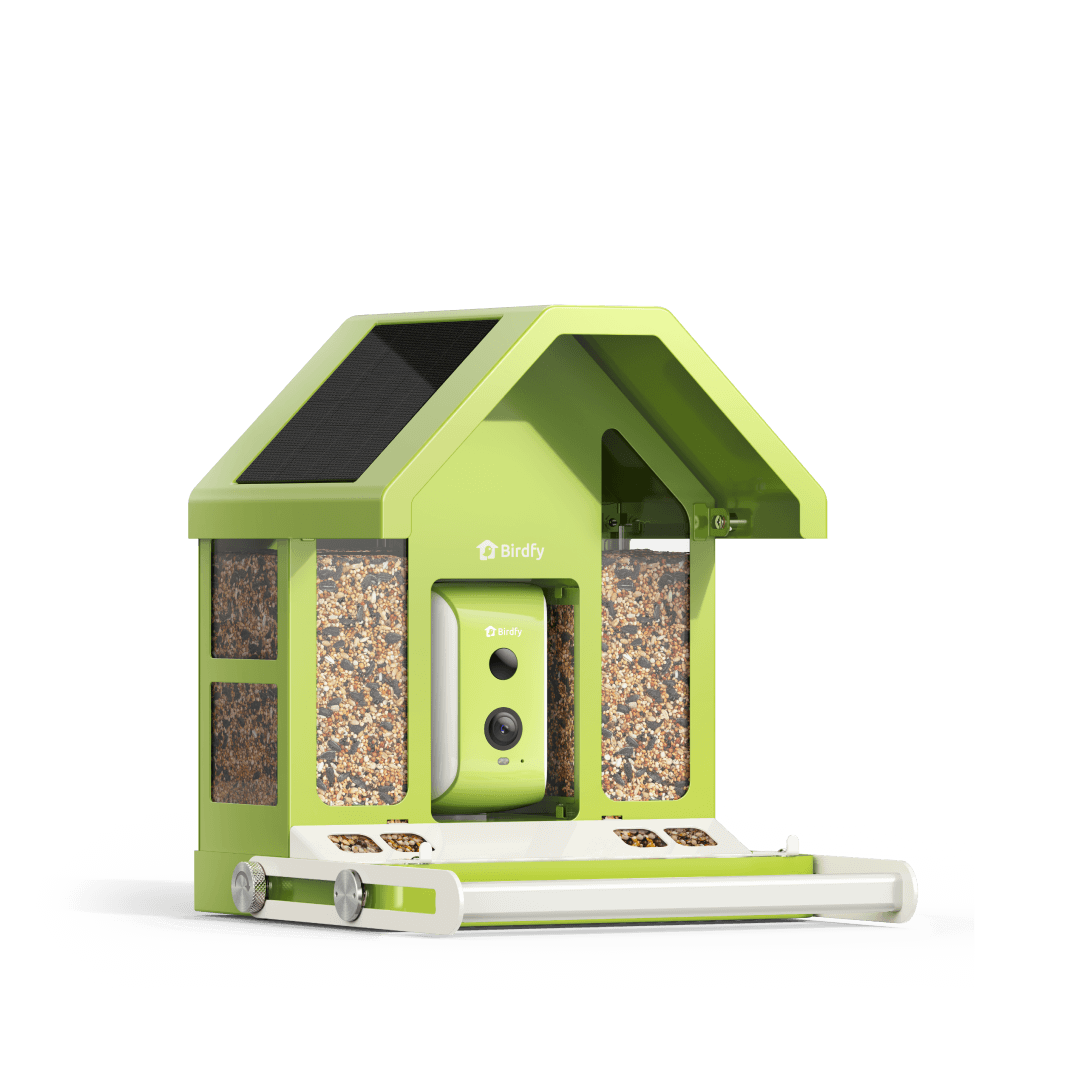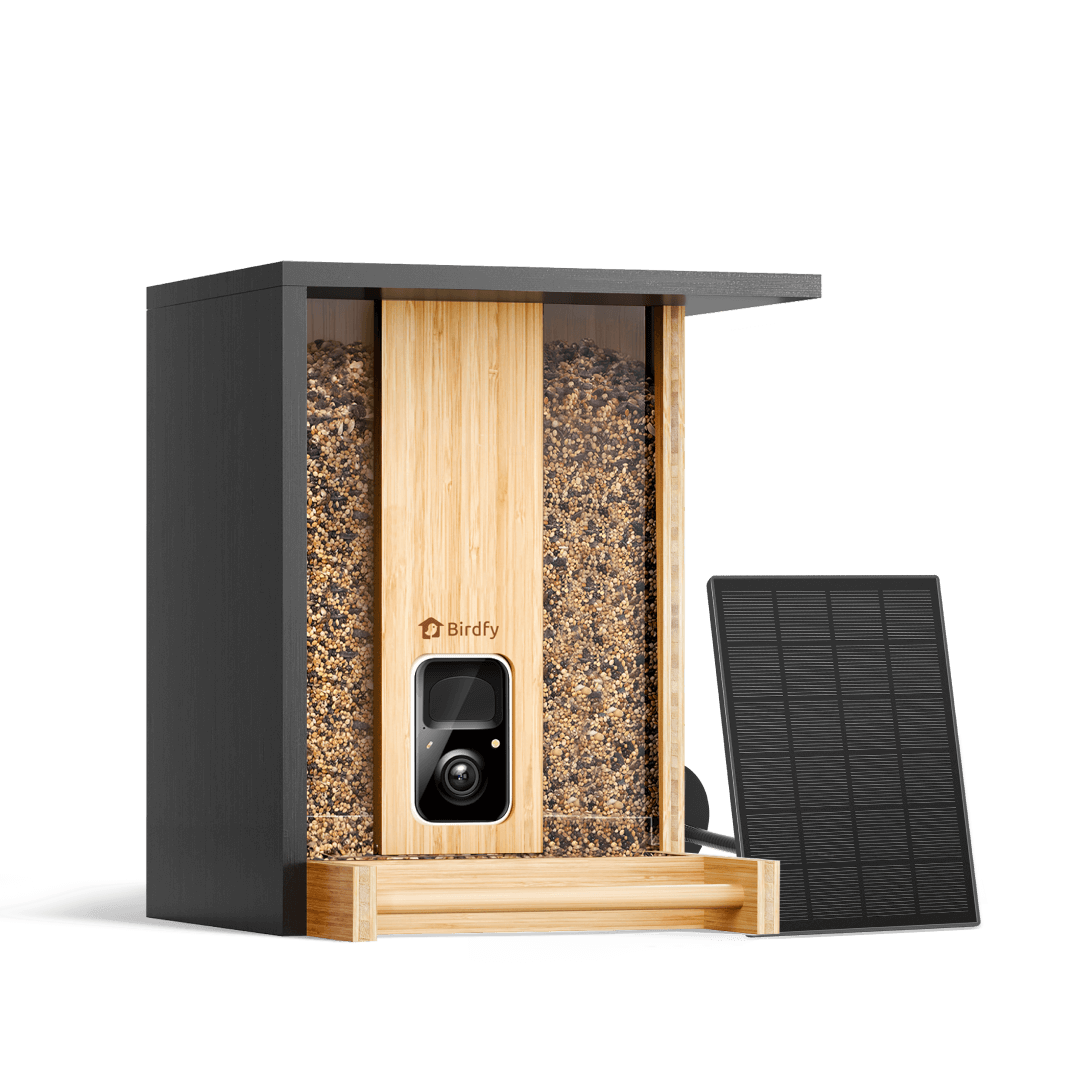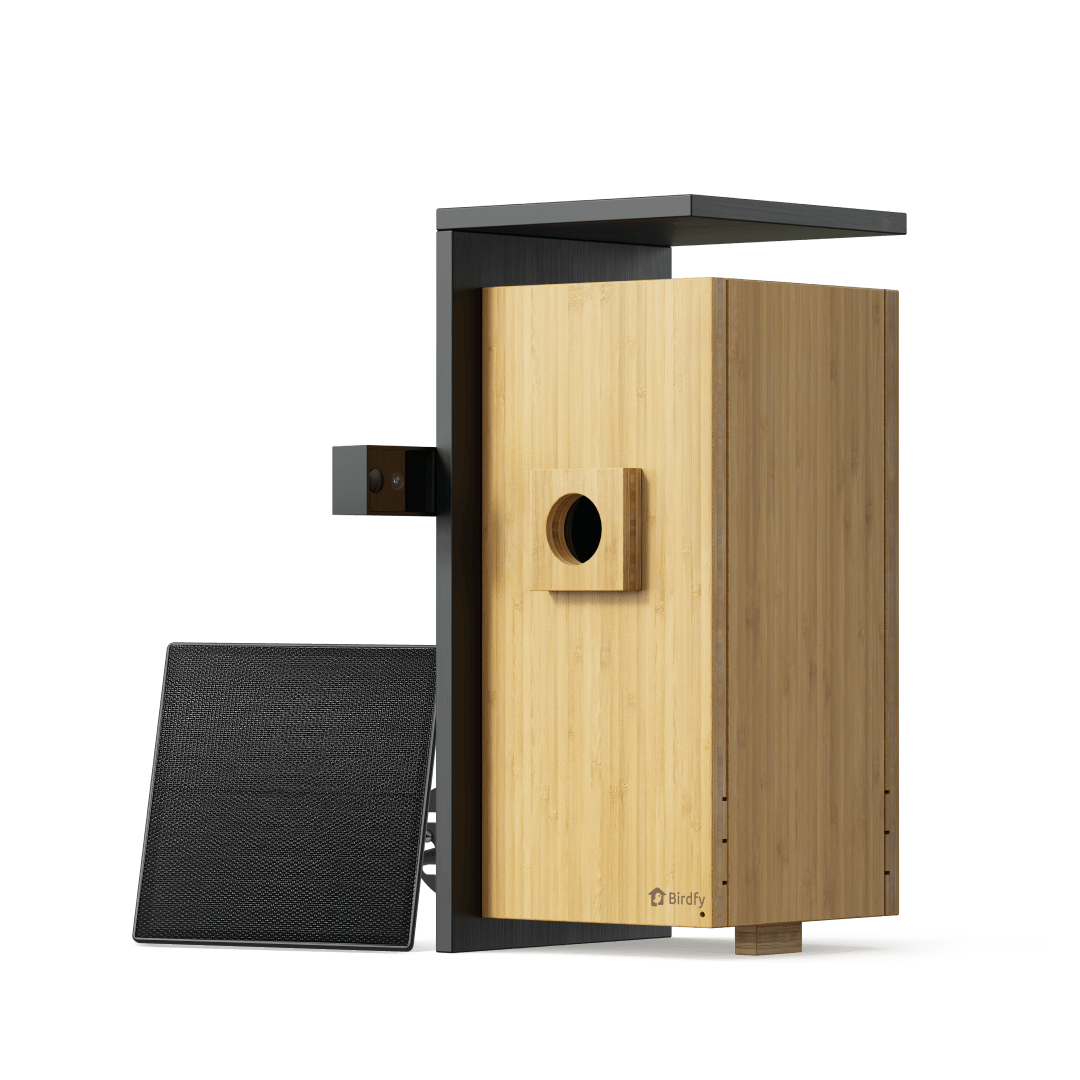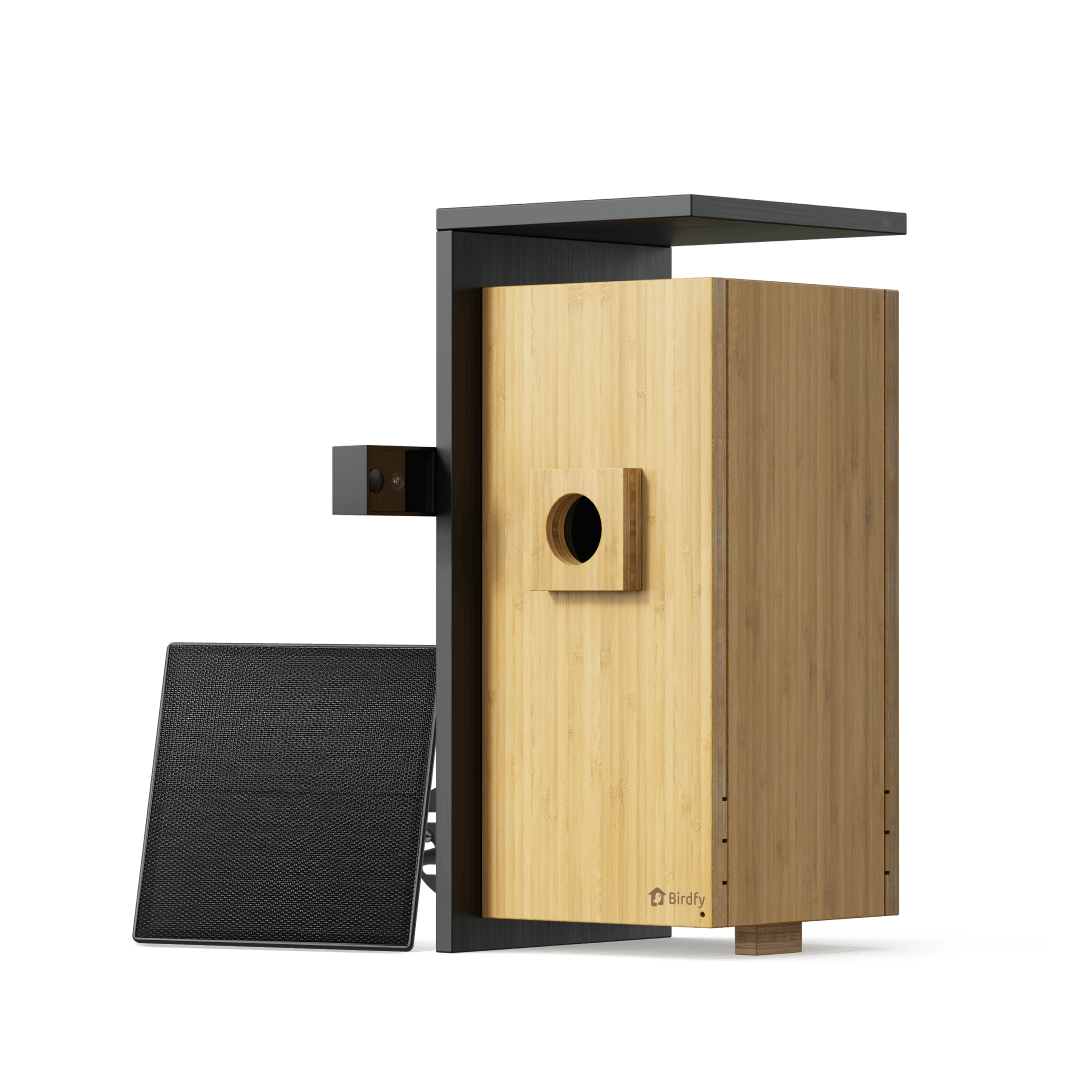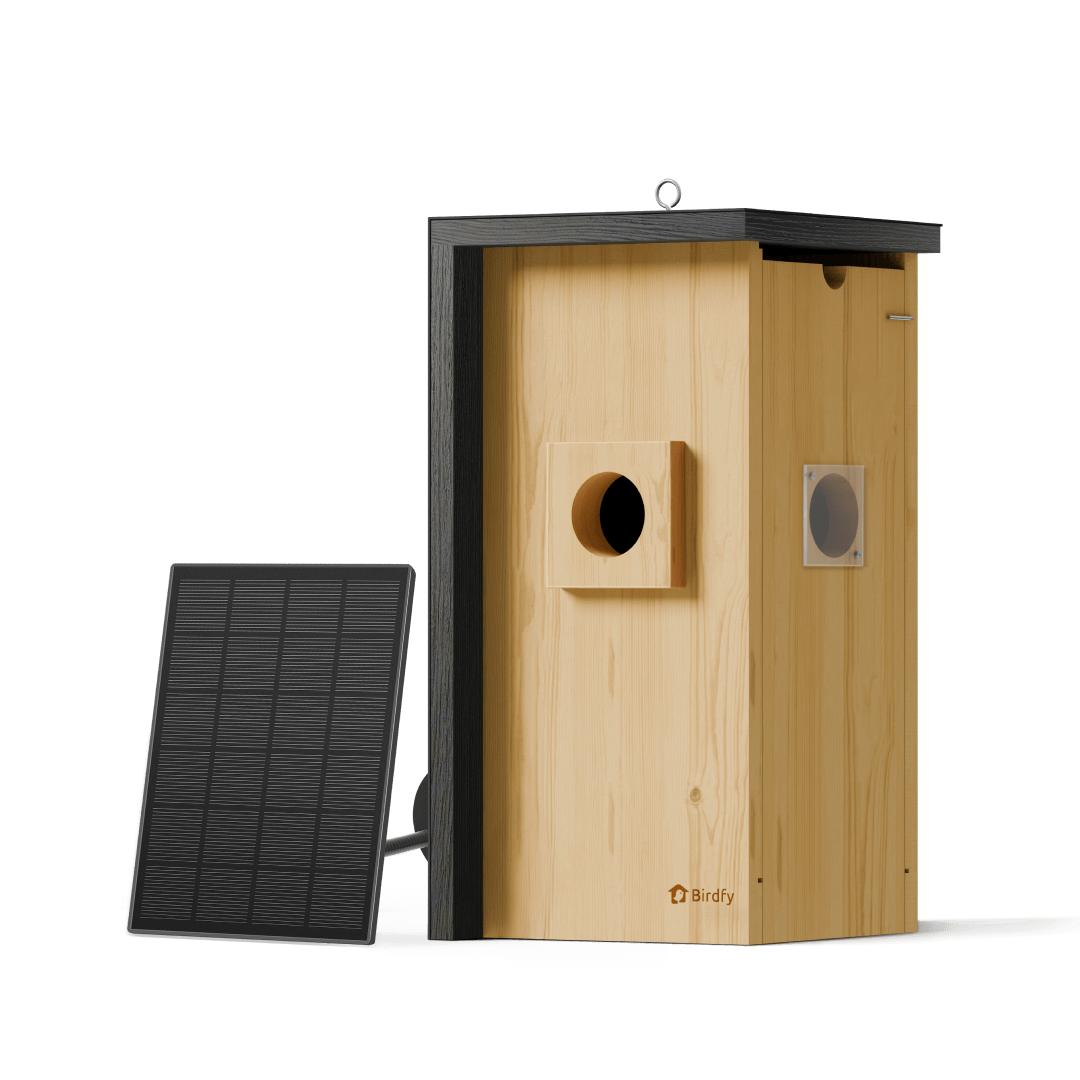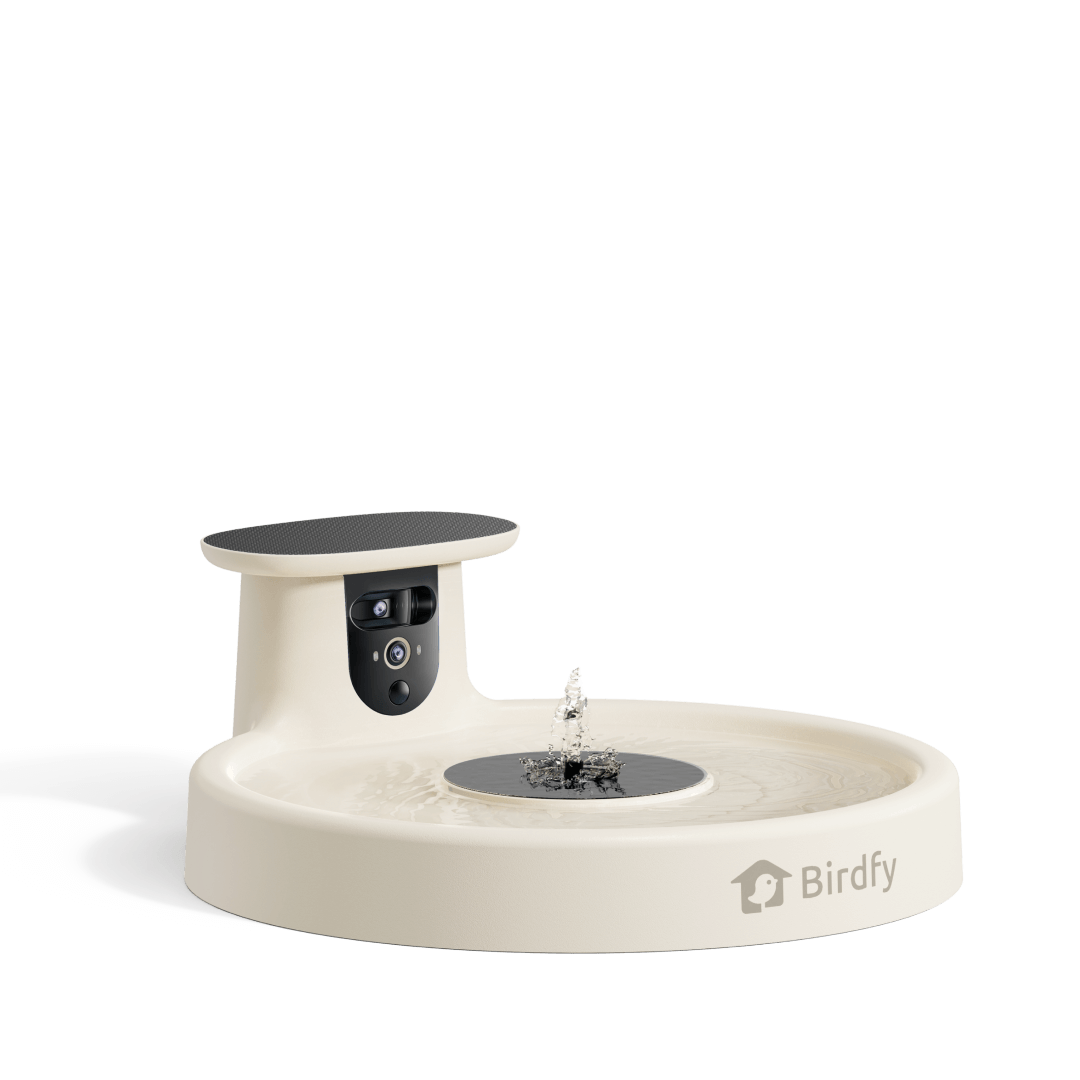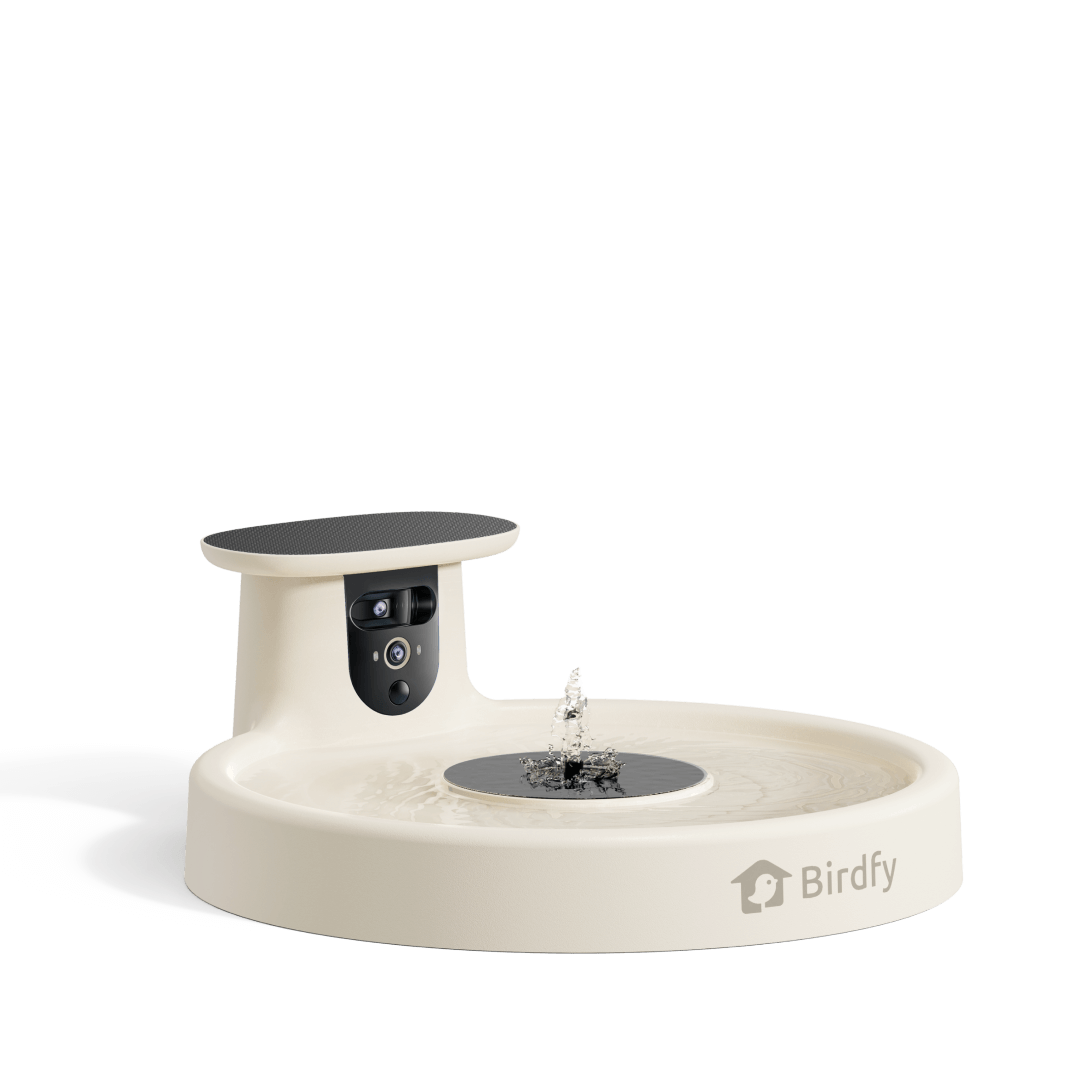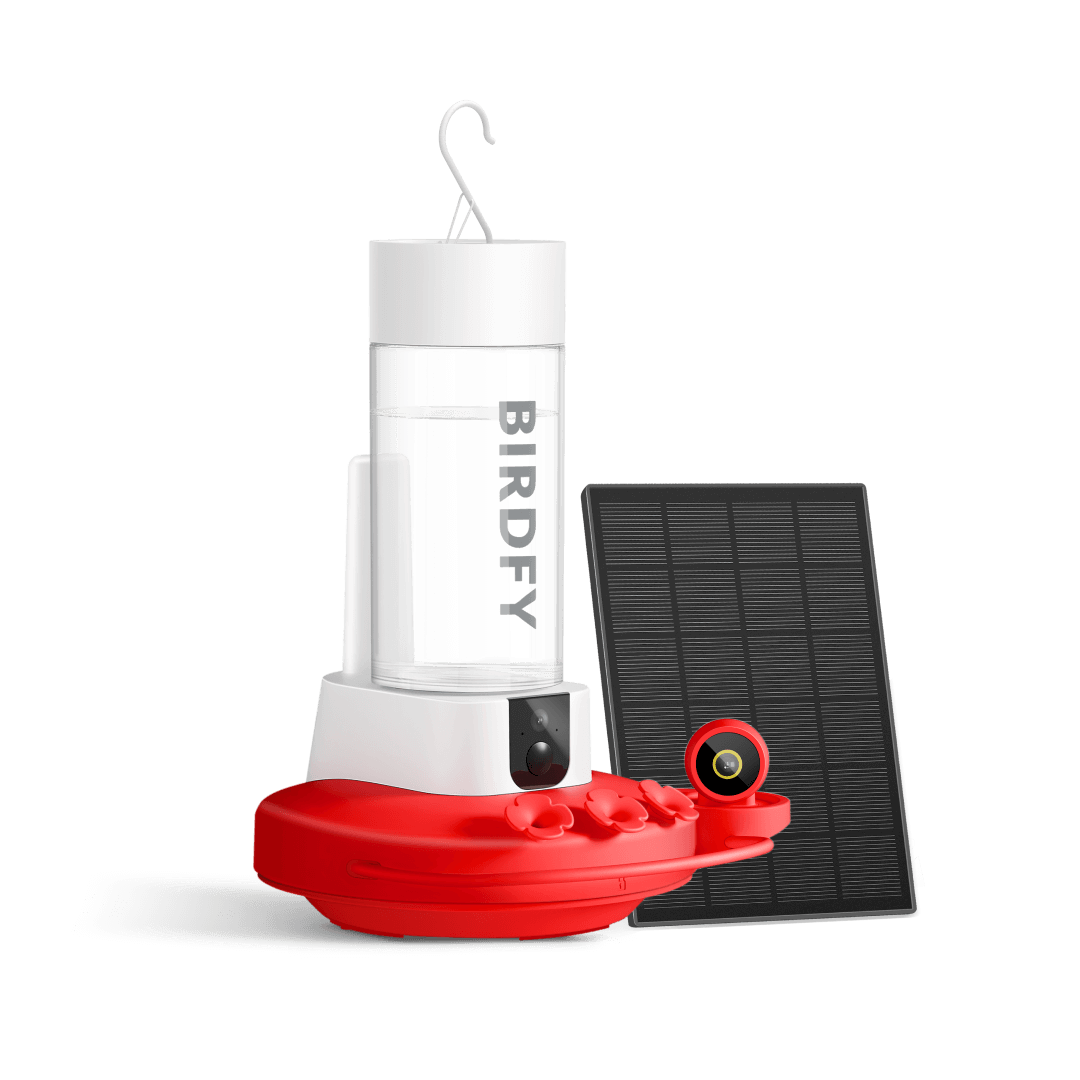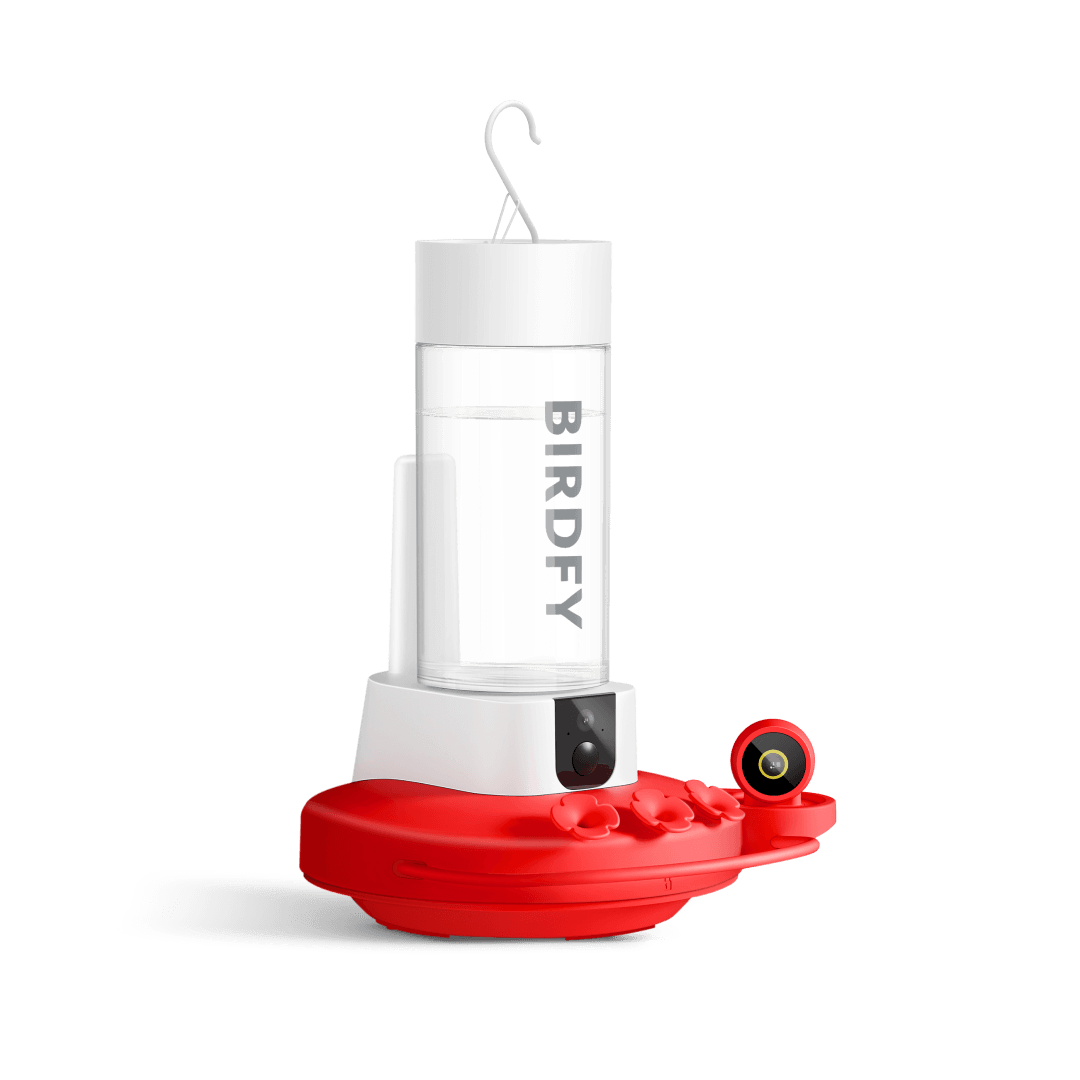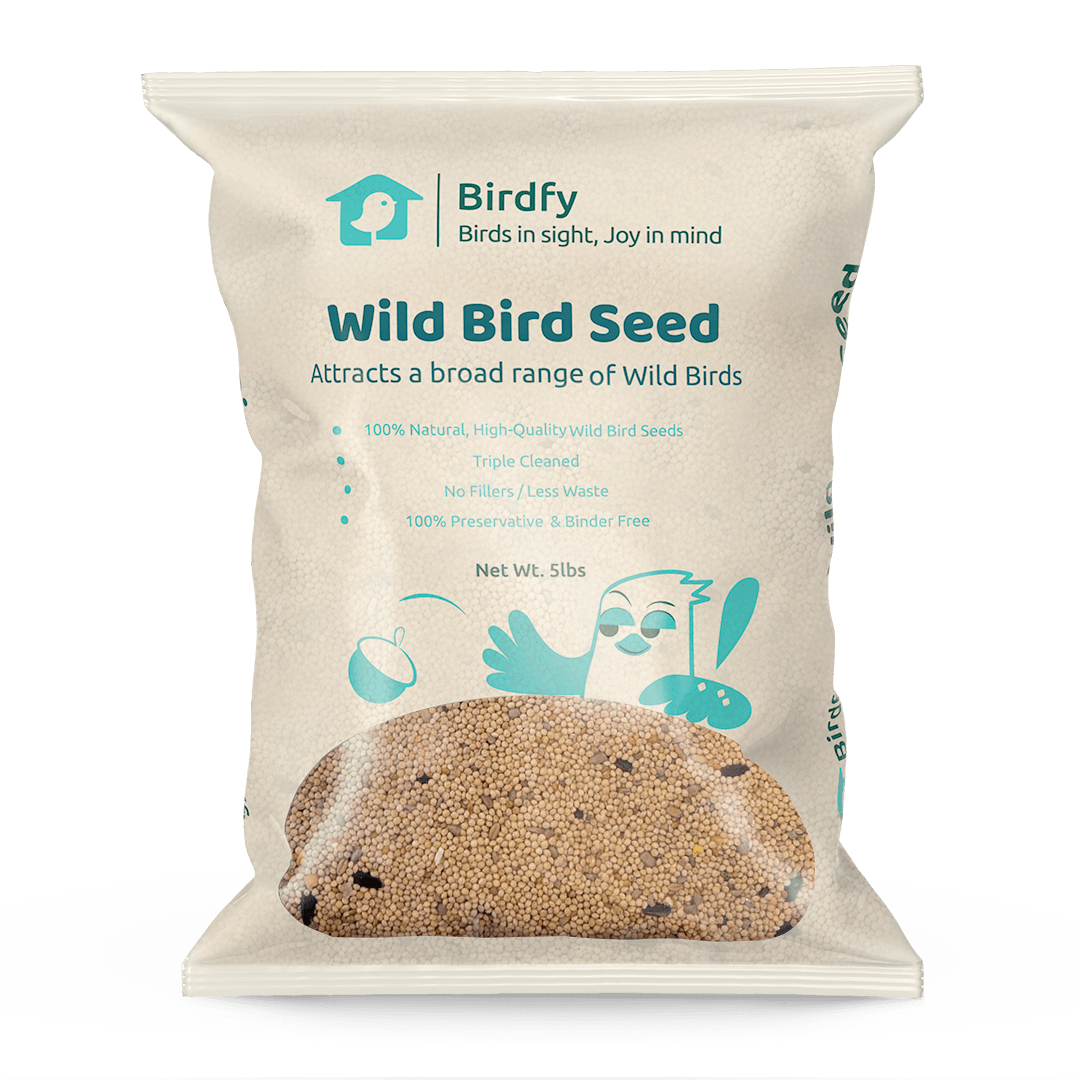Hummingbird Eggs Hatching Time: An In-Depth Exploration
The process of hummingbird eggs hatching is a remarkable and intricate phenomenon. From the moment the eggs are laid until the chicks take their first flight, each stage is a testament to the delicate balance and adaptability of nature. Understanding the various aspects of hummingbird reproduction, from the selection of nesting sites to the hatching time, provides valuable insights into their life cycle and the broader ecological systems they inhabit.

Do Hummingbirds Hatch from Eggs?
Yes, hummingbirds, like all birds, hatch from eggs. The process begins with the female hummingbird laying one or two tiny eggs, which she then incubates diligently until they hatch. These eggs are typically white and about the size of a jellybean. The incubation period is a critical time during which the female must keep the eggs warm and protected, ensuring the embryos develop properly. The exact hatching time can vary slightly depending on the species and environmental conditions.

Do Hummingbird Eggs Hatch at the Same Time?
Hummingbird eggs often hatch within a day or two of each other, though not always at the exact same time. For instance, when Bella's eggs hatched (an Allen's Hummingbird that has a live webcam that shows her building a nest, laying eggs, feeding her babies, and fledging), observers noted a slight stagger in their emergence. Similarly, ruby-throated hummingbird eggs and other species follow this pattern, where eggs laid at the same time typically hatch within a close timeframe. This staggered hatching can be advantageous, allowing the mother to focus her energy on feeding the first hatchling while the second egg completes its incubation.

How Long Does It Take for Hummingbird Eggs to Hatch?
The incubation period for hummingbird eggs usually ranges from 14 to 21 days, depending on the species and environmental factors. For instance, it typically takes around 16 to 18 days for ruby-throated hummingbird eggs to hatch. During this period, the female sits on the eggs almost constantly, only leaving briefly to feed. This dedication ensures the eggs are kept at a consistent, warm temperature crucial for their development.
How Long Do Hummingbirds Sit on Eggs Before They Hatch?
Female hummingbirds are remarkably dedicated mothers. They will sit on their eggs almost continuously, taking short breaks to feed. This period, which can last up to three weeks, is vital for the proper development of the embryos. The consistency of the warmth provided by the mother's body ensures the eggs develop at a steady rate.

How Many Days Does It Take for Hummingbird Eggs to Hatch?
On average, it takes about 16 to 18 days for hummingbird eggs to hatch. However, this can vary slightly depending on species and environmental conditions. For example, Anna's hummingbird eggs might take a different duration compared to those of a black-chinned hummingbird. The specific incubation period can be influenced by factors such as temperature, humidity, and the availability of food.

What Happens After Hummingbird Eggs Hatch?
After the eggs hatch, the mother’s role shifts to feeding and protecting the newborn chicks. These chicks are initially helpless, blind, and featherless, relying entirely on their mother for warmth and nourishment. The mother will feed them a diet of regurgitated nectar and small insects, providing the necessary proteins for their growth. Over the next few weeks, the chicks will grow rapidly, developing feathers and increasing in size.

What Month Do Hummingbird Eggs Hatch?
Hummingbird eggs typically hatch during the warmer months, usually between May and September. The exact timing can vary depending on the species and geographic location. For example, in North America, ruby-throated hummingbirds’ eggs often hatch in late spring to early summer, while other species in different regions might have slightly different hatching times. This timing ensures that the chicks are born during periods of abundant food availability, increasing their chances of survival.

What Time of Year Do Hummingbird Eggs Hatch?
Hummingbird eggs hatch primarily in the spring and summer, aligning with periods when flowers and insects are plentiful. This seasonal timing is crucial as it provides the mother and her chicks with the necessary resources to thrive. For instance, in southern regions, some species might start nesting as early as February, while northern species might not hatch until late May or June.
How Many Eggs Do Hummingbirds Hatch?
Typically, hummingbirds lay one to two eggs per nesting cycle. While it is rare, some nests might contain three eggs. The small clutch size is balanced by the mother’s intense dedication to the care and feeding of her young. The limited number of eggs allows the mother to provide adequate attention and resources to each chick, increasing their chances of survival.
What If Only One Hummingbird Egg Hatches?
Occasionally, only one egg in a clutch will hatch. This can happen due to various reasons, such as infertility, environmental stressors, or predation. If only one egg hatches, the mother will focus all her attention on the single chick, ensuring it receives ample food and protection. While having only one hatchling might seem disadvantageous, it can sometimes lead to a higher survival rate for that chick due to the undivided attention it receives.
Why Only One Hummingbird Egg Hatches
Several factors can lead to only one egg hatching in a clutch. These include environmental conditions that might affect the egg's development, genetic factors, or issues with the mother’s health or nutrition. In some cases, one egg might be infertile or not viable, leading to the hatching of only one chick. The mother’s focus will then shift entirely to ensuring the survival of the single hatchling.
Can Hummingbird Eggs Hatch with No Mother?
In natural settings, it is highly unlikely for hummingbird eggs to hatch without the presence of the mother. The constant warmth and protection provided by the mother are crucial for the eggs' development. However, in controlled environments with the proper equipment, such as incubators, it is possible to hatch hummingbird eggs without the mother. This process requires meticulous attention to temperature, humidity, and egg handling to mimic the mother’s natural care.
Conclusion
The hatching time of hummingbird eggs is a crucial aspect of their reproductive cycle, intricately linked to their survival and adaptability. From the selection of nesting sites and the precise incubation period to the dedicated care provided by the mother, each step in the process is a marvel of nature's design. Understanding these behaviors not only enriches our knowledge of hummingbirds but also highlights the delicate balance required to support their populations. As we continue to study and appreciate these tiny, vibrant birds, we gain deeper insights into the complexities of avian life and the broader ecosystems they inhabit. Check out Birdfy’s Hummingbird Feeder with Dual Cameras for even more fun!



